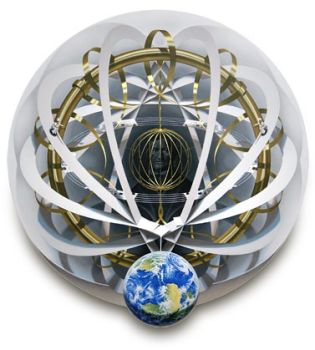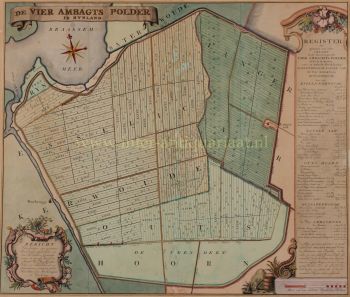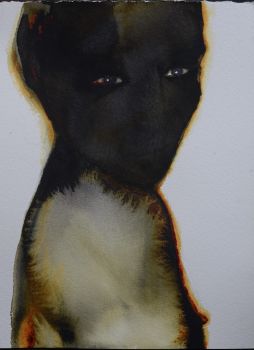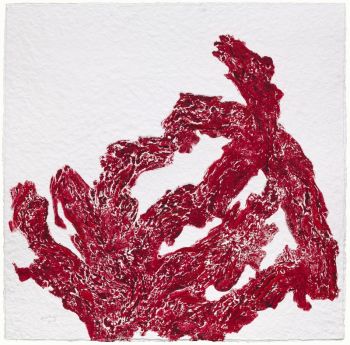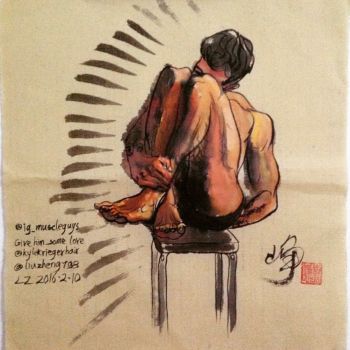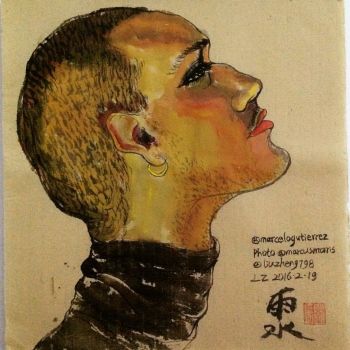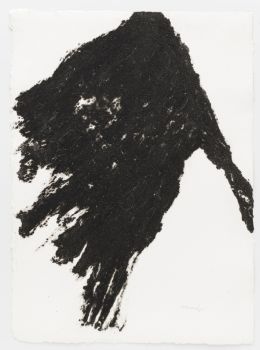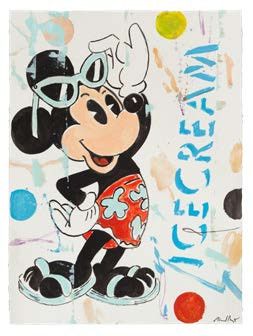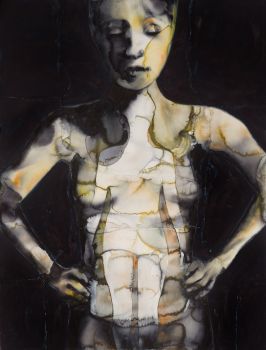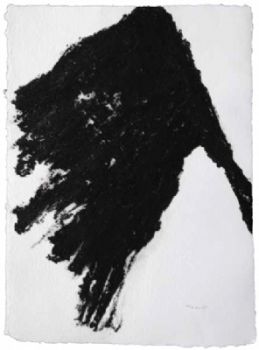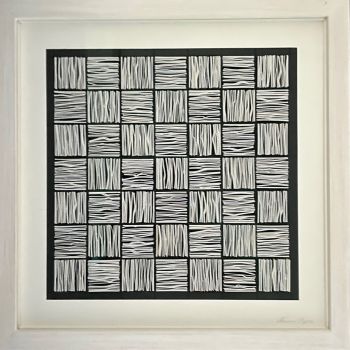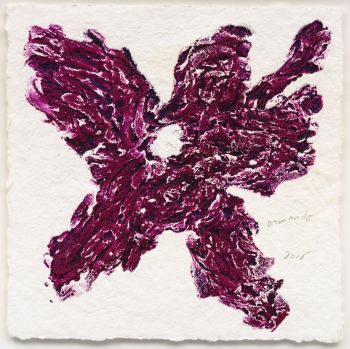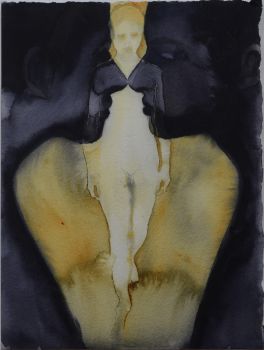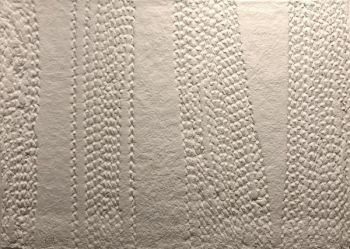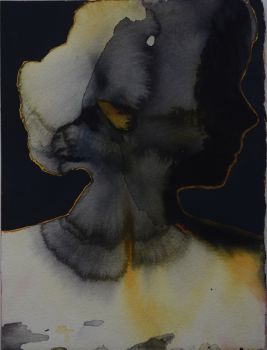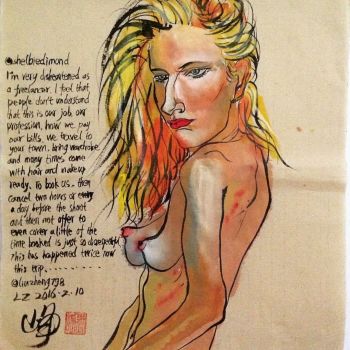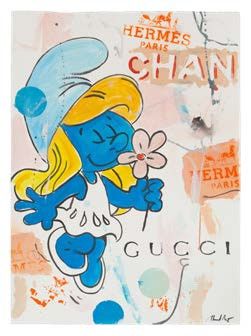Tolerant comparison of world religions 1595
Sebastian Franck
PaperHandmade paperLeather
Currently unavailable via Gallerease
- About the artworkWerelt-boeck, spieghel ende beeltenisse des gheheelen aerdtbodems, ...
The Hague, Albrecht Heyndricxz., 1595.
Folio.
17th-century parchment, new endpapers.
Fourth Dutch edition of a description of all lands and peoples of the world and particularly their customs and religious beliefs, with chapter 4 devoted to America and chapter 3 on Asia giving extensive coverage to Syria, Arabia and the Middle East, including a description of Mecca and the Kaaba. Franck (1499-1542/43) studied at Heidelberg, became a priest and in 1527 a Lutheran minister, but was critical of Catholics, Lutherans, Zwinglians and Anabaptists, and found common ground with heretics such as Michael Servetus. His Weltbuch, first published in German in 1534, a remarkable early example of comparative religious studies, came under attack from the established church and he was accused of AnabaptismIt was translated into Dutch in 1560 and proved very popular among Dutch Lutherans and especially Anabaptists, forming a keystone in the thought and writings of Menno Simons and the Mennonites.
With some mostly marginal worm holes in the first few pages, occasional browning and water stains (one sheet rather severely browned) and an occasional marginal tear. Binding slightly dirty and wrinkled. A seminal work with a wealth of information about world religions that still speaks to our time.
Kaczerowsky, Franck A60?; STCN (3 copies); cf. Alden & Landis 595/29; Sabin 25470. - About the artistFranck (1499, Donauwörth – 1542/1543, Basel), studied at Heidelberg and became a priest. He was named a curate in the diocese of Augsburg soon after 1516. About 1525 he joined the Lutherans and became a minister at Nürnberg, but he remained critical of Catholics, Lutherians, Zwinglians and Anabaptists. Departing from Lutheranism he emphasized a mystical view instead of a dogmatic attitude. In 1529 Franck moved to Srasbourg. There he became a friend of the reformer and mystic Kaspar Schwenckfeld.
Expelled by the civil authorities from Strasbourg he left for Ulm, where he established himself as a printer. He wrote Chronica; Zeitbuch und Geschichtsbibel (1531; Time book and historical bible), a wide-ranging history of christianity. Another famous book by his hand is Weltbuch (1534), a description of all lands and peoples of the world and particularly their customs and beliefs. It is a remarkable example of comparative religious studies. This book was translated into Dutch in 1560: Werelt-boeck; spieghel ende beeltenisse des gheheelen aerdtbodems. It was very popular among Dutch Lutherans and Anabaptists and influenced deeply the writings of Menno Simons.
Artwork details
Category
Subject
Material & Technique
Related artworks
Tilmanus Nicolaus Maastricht
Missale Romanum with Dutch silver mounts1788 - 1792
Price on requestJacob J. Roosjen SRI
Engelbert Kaempfer
ENGELBERT KAEMPFER BOOK1651 - 1716
Price on requestZebregs & Röell - Fine Art - Antiques
Antonie Derkinderen
Memory book Exhibition of Dutch Painting1892
Price on requestKunsthandel Pygmalion
Engelbert Kaempfer
ENGELBERT KAEMPFER BOOK1651 - 1716
Price on requestZebregs & Röell - Fine Art - Antiques
Antonie Derkinderen
Memory book Exhibition of Dutch Painting1892
Price on requestKunsthandel Pygmalion
Hermann Nitsch
"UNDER MY SKIN" Signed book incl. small artwork and DVD in a matching box2010 - 2014
Price on requestGallerease Selected
LAWRENCE WEINER
"SKIMMING THE WATER [MENAGE A QUATRE]" Signed book plus small artwork2010 - 2014
Price on requestGallerease Selected
1 - 4 / 22- 1 - 4 / 16
- 1 - 4 / 24

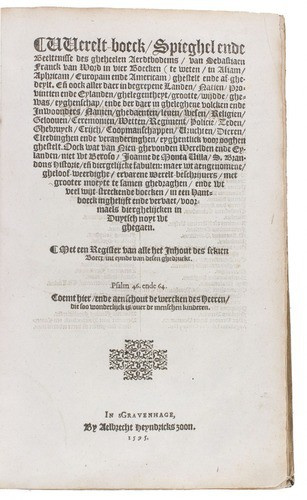
















!["SKIMMING THE WATER [MENAGE A QUATRE]" Signed book plus small artwork by LAWRENCE WEINER](https://media-2.gallerease.com/images/442bfd5f-fc31-4e18-a2fa-ee0c08eade64/350x350/skimming-the-water-menage-a-quatre-signed-book-plus-small-artwork.jpg)









